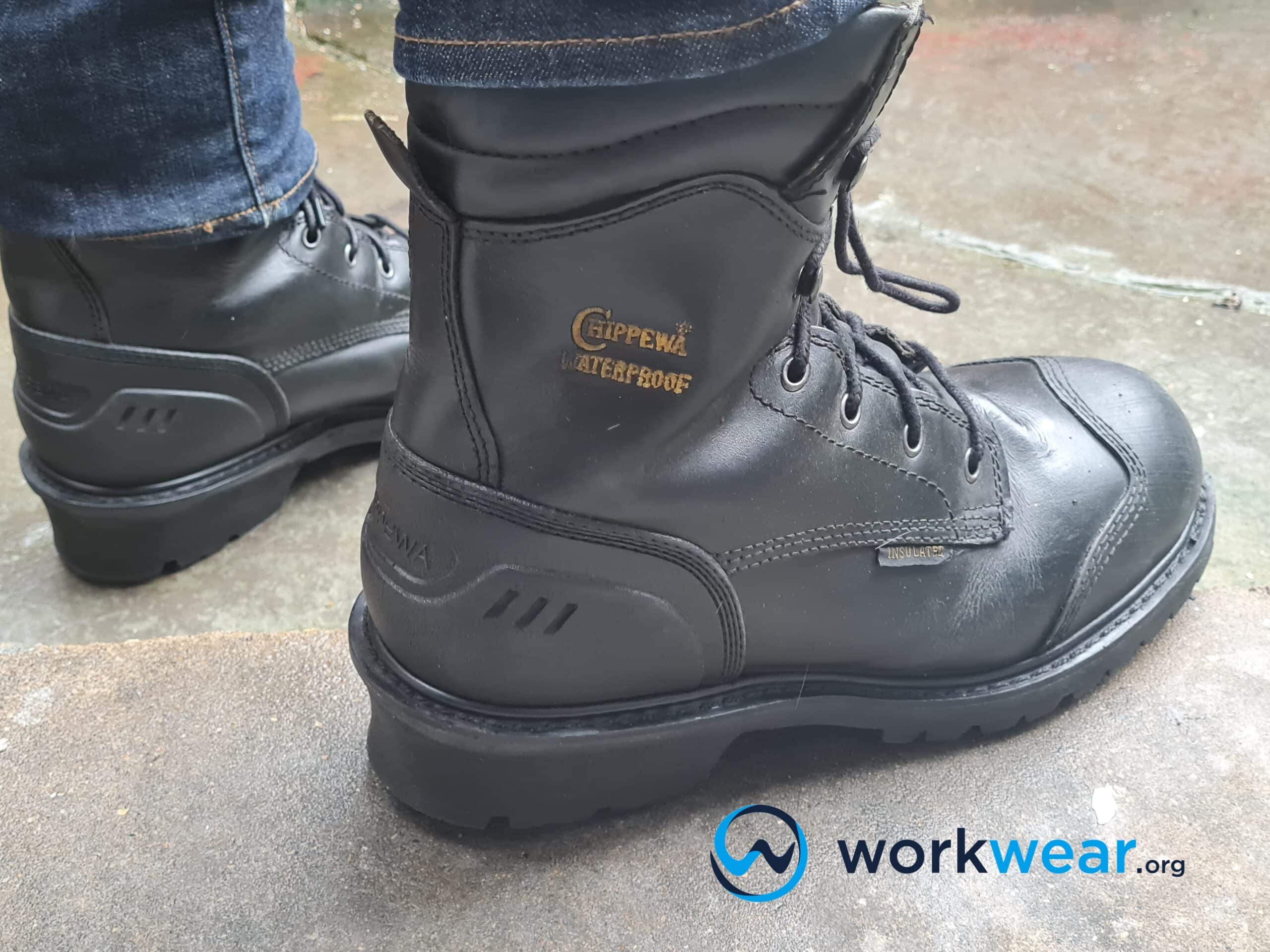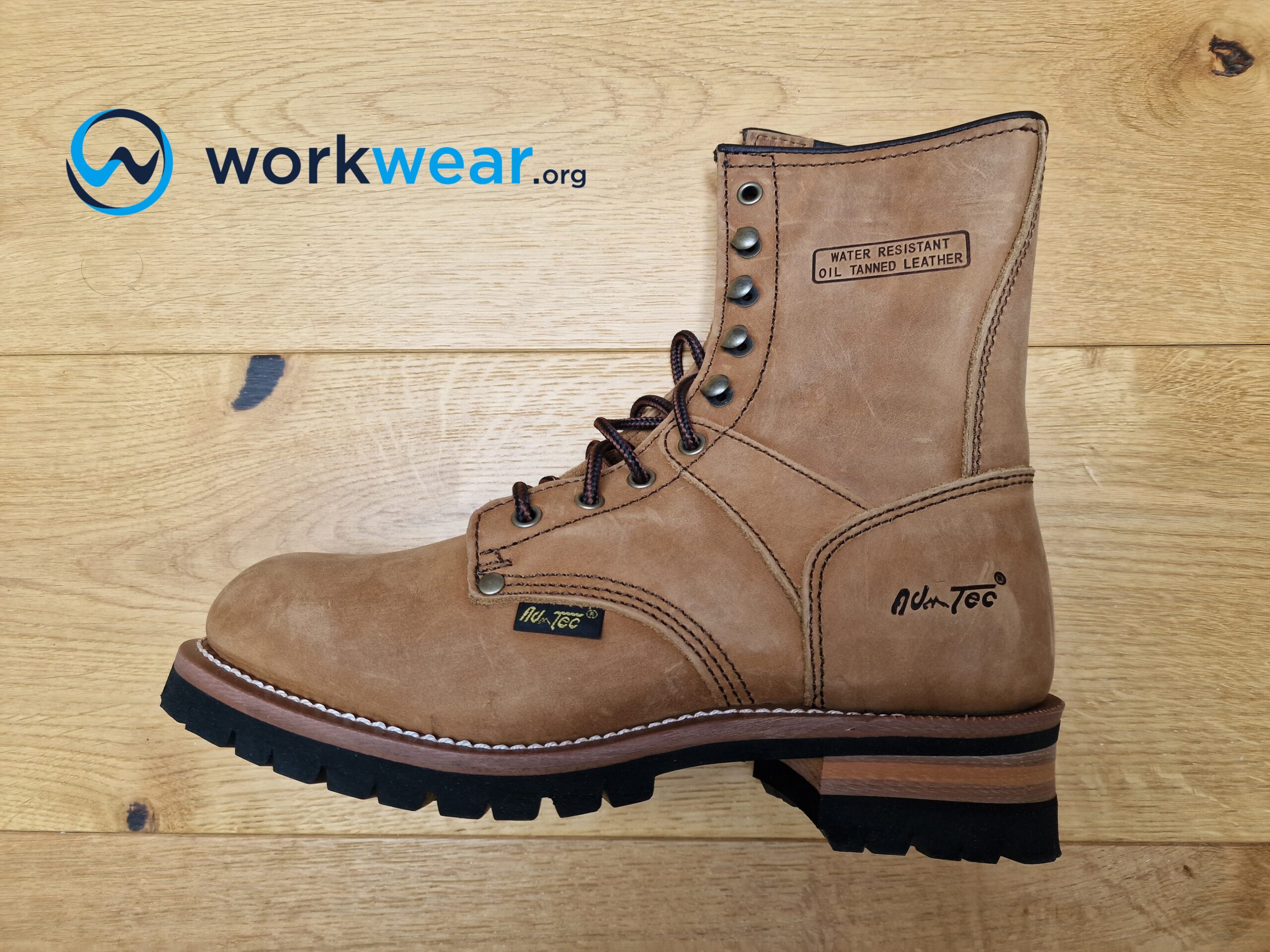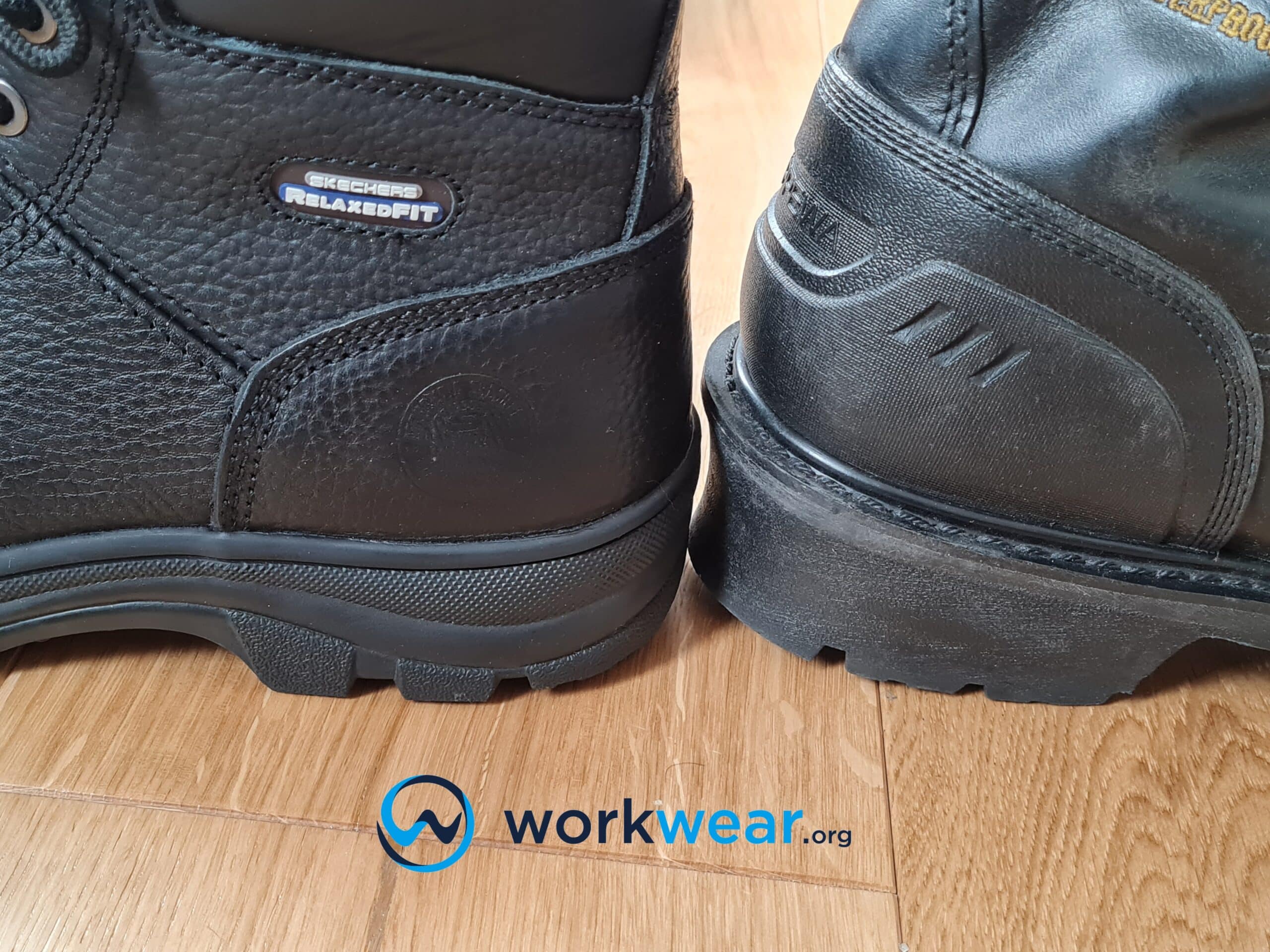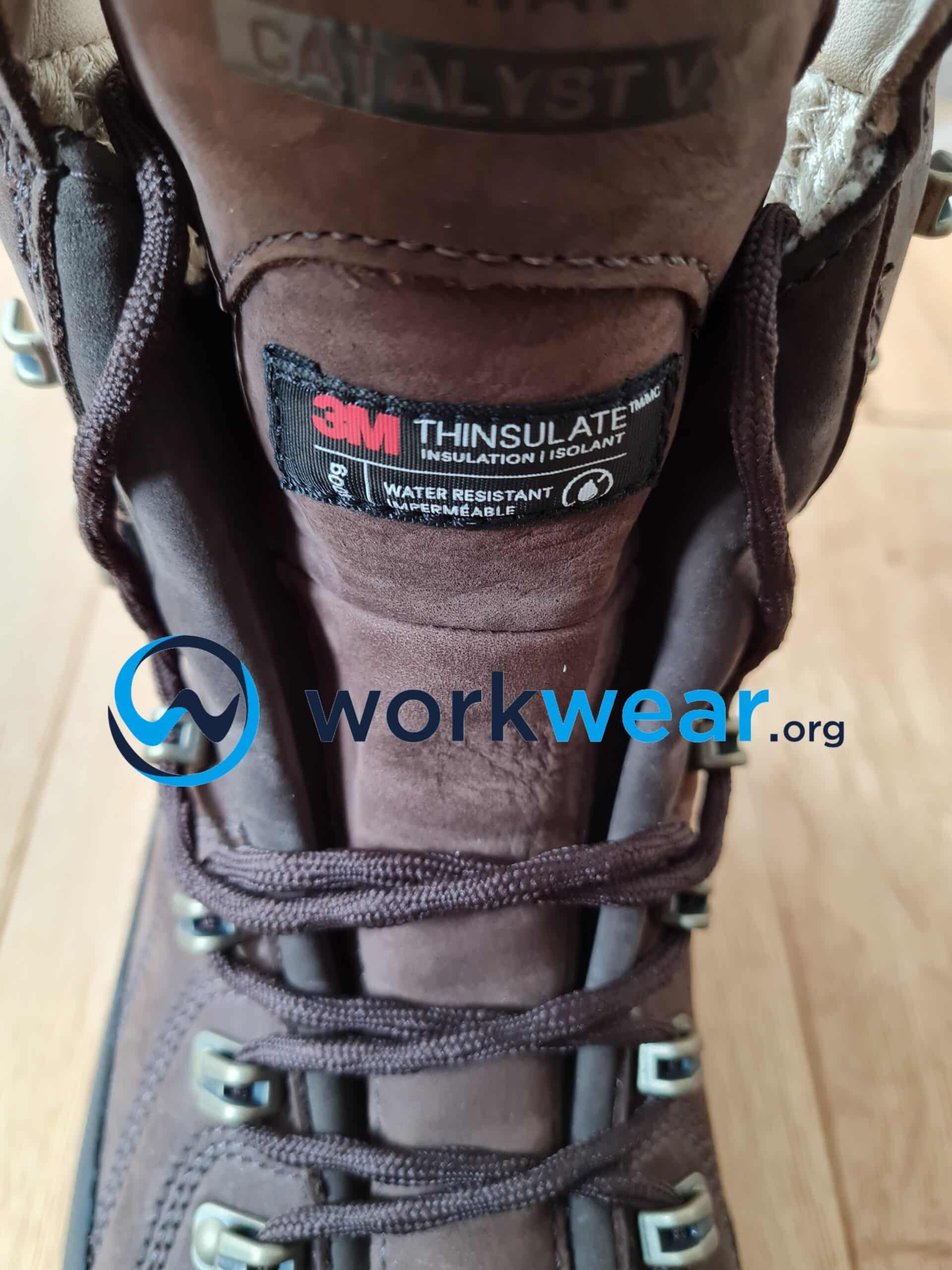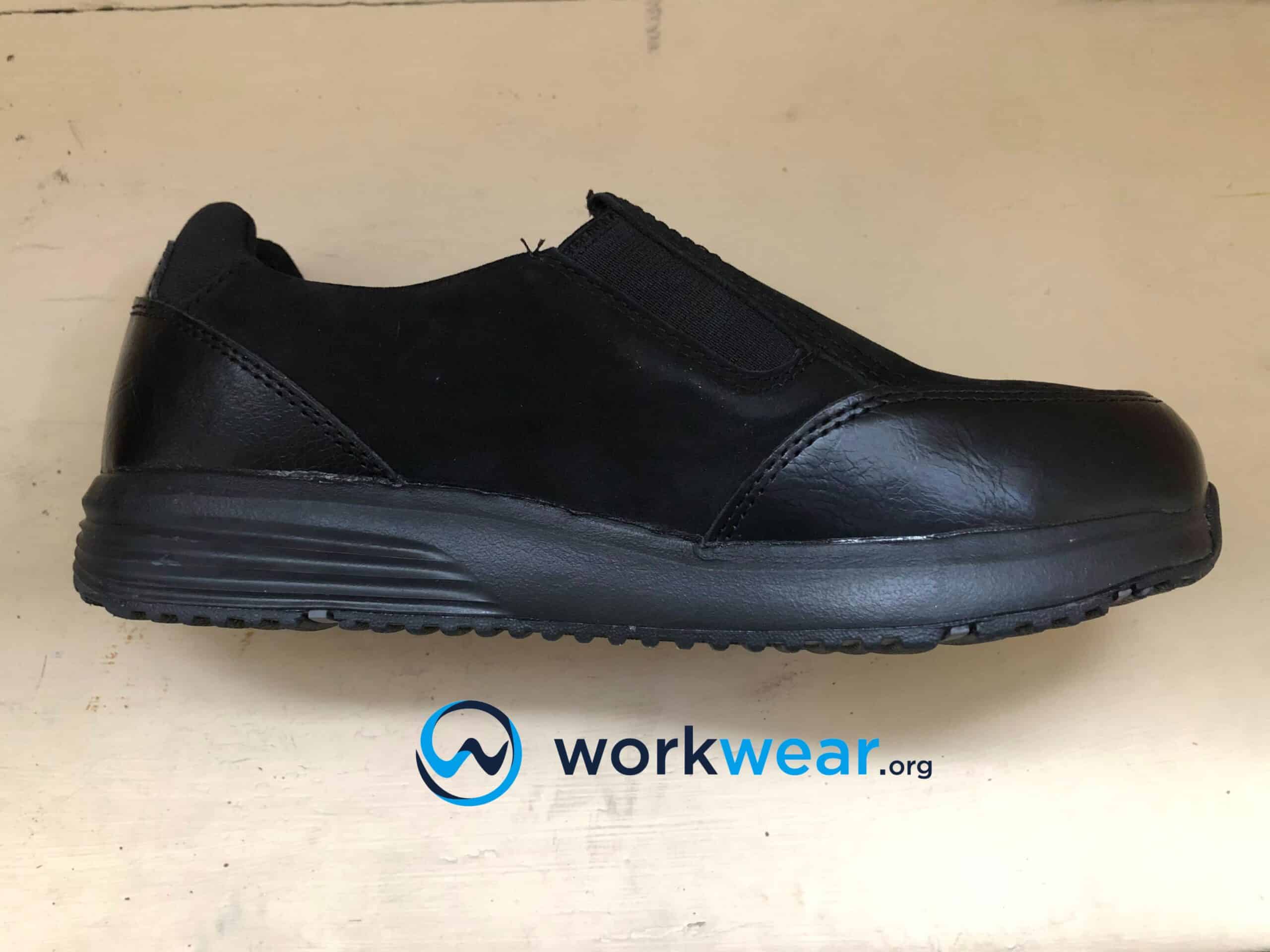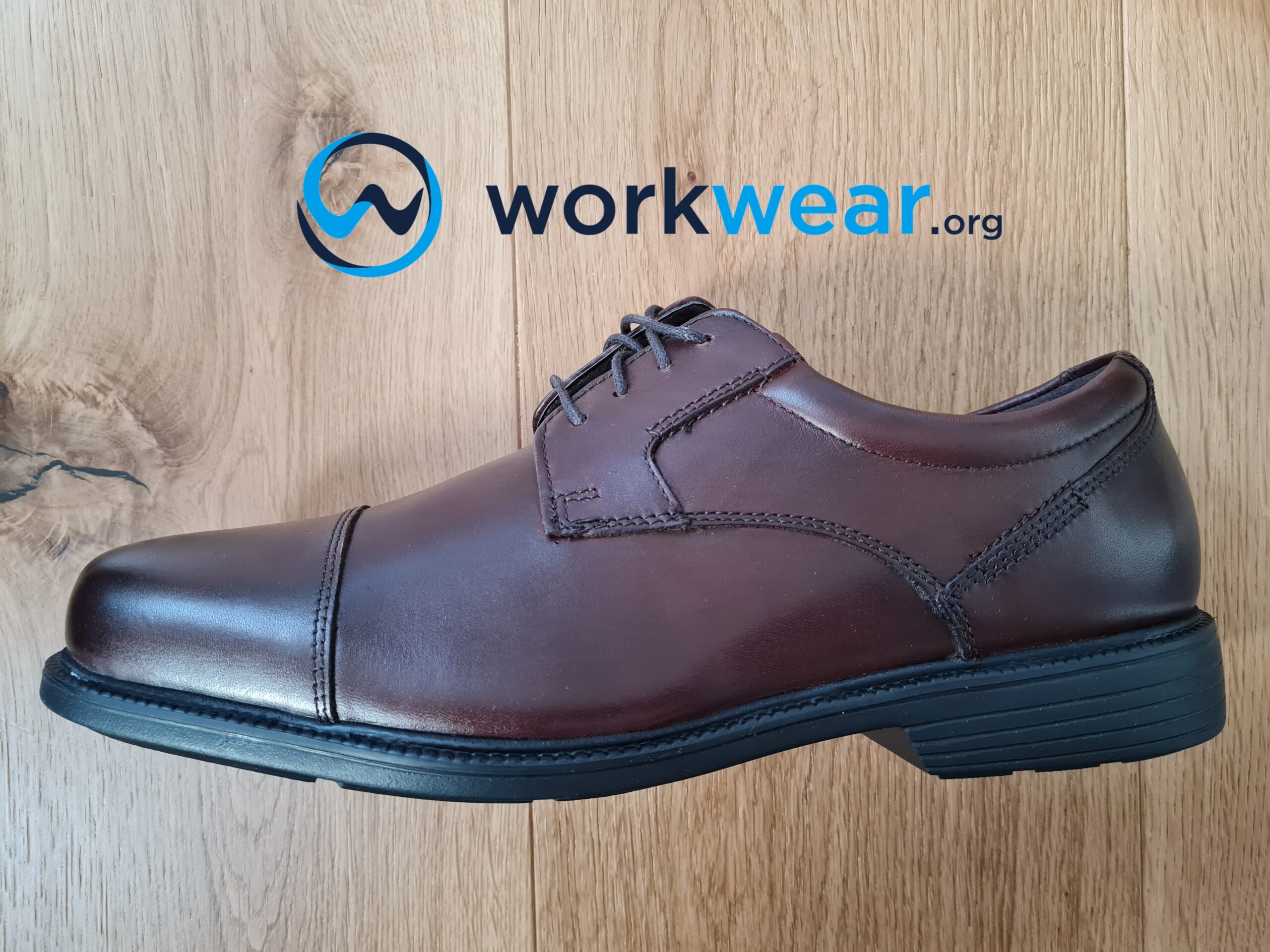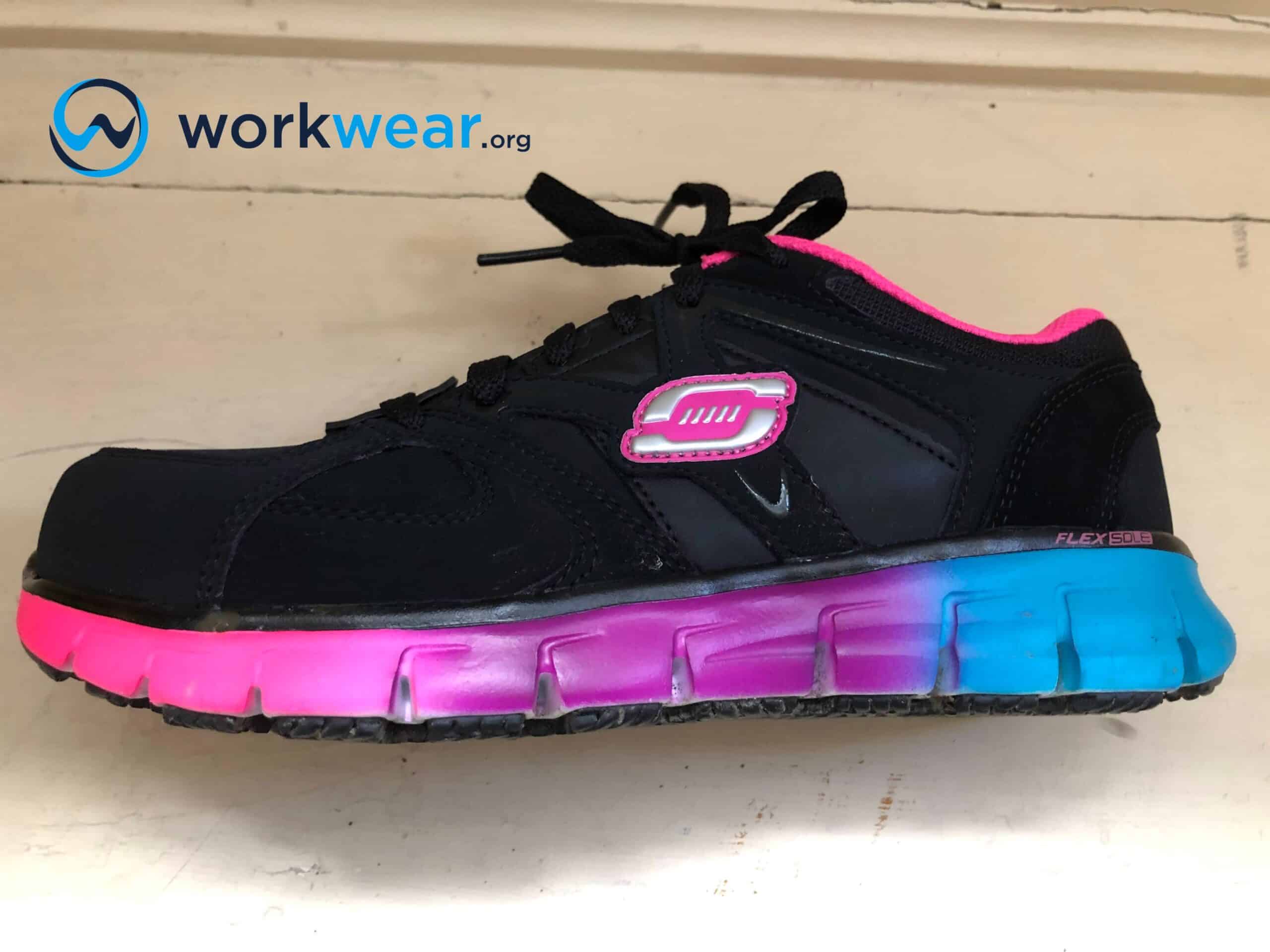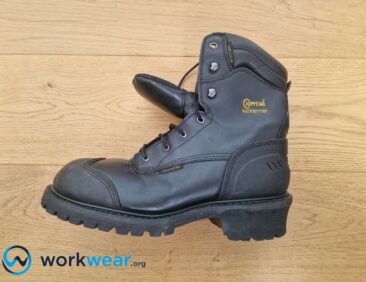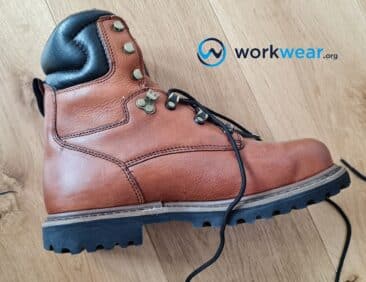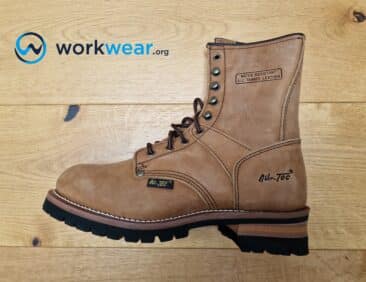Work Boots vs Work Shoes

Depending on how they’re built, work boots and work shoes may come with protective features to keep the feet out of harm’s way in challenging job sites. Typically, work boots are designed for use in industrial worksites and job conditions exposed to safety hazards. As a result, these boots deliver heavy-duty performance to keep up with demanding settings. Meanwhile, work shoes have more low-profile silhouettes that are versatile enough to be used in harsh settings and professional environments. This article will discuss the differences and similarities between these footwear options, so choosing work shoes or work boots can be easier.
Work Boots
The structure of work boots extends beyond the ankle area, providing more coverage and protection against the elements compared to work shoes. Their height can range from just above the ankle to mid-calf, so they offer a safer experience in worksites with heavy exposure to safety threats and outdoor environments during inclement weather conditions. However, work boots tend to have extremely industrial profiles, so they’re unsuitable for casual use or formal surroundings.
Pros
Extended coverage and protection
Work boots are taller than work shoes, and they cover more of the feet and calf areas. This increased height improves protection against abrasive materials, sharp objects, and other safety hazards lurking in harsh job conditions. The extended height also protects against wet elements when working in bad weather and in other settings exposed to extreme moisture.
Heavy-duty design
Work boots often showcase heavy-duty designs that are strong enough to withstand regular exposure to safety risks and tough conditions. Their materials protect the feet against environmental hazards and promote high-performance use. The work boots’ construction delivers a rugged appeal that perfectly matches uniforms and other workwear in outdoor or industrial settings.
Durable construction
Work boots are designed to remain tough even with extensive use in difficult conditions. As a result, they won’t easily get damaged, so they can deliver superior performance in different work surroundings without compromising their structures.
Enhanced ankle support
With their tall height, work boots easily provide better ankle support than work shoes. In addition, the extended height helps keep the ankles in place, so they won’t easily turn when walking in rough or unstable ground conditions.
Cons
It can be too heavy and bulky
The robust construction and materials used in work boots often result in heavy structures. Heavy-duty work boot designs deliver superior protection and strength, but the components significantly increase the boots’ weight. This can lead to discomfort because the heavy structures can drag on the foot muscles, especially when the boots are used for long periods.
Not suitable for indoor offices or formal settings
Conventional work boot designs are usually too rugged to be used in formal office settings. The bulky styles don’t fit nicely with suits and other formal attire, as they’re built to work well with jeans and other workwear for use outdoors and in informal environments.
Uses of Work Boots
Work boots come with heavy-duty designs that are ideal for jobs in demanding settings. They’re used by carpenters, manufacturing personnel, electricians, engineers, construction workers, and other professionals who need extended foot coverage and protection. They can also be used in non-work settings where rugged footwear won’t look out of place, injecting a tough look into casual outfits.
Work Shoes
Work shoes have more streamlined silhouettes compared to work boots. The low-profile look makes them versatile enough to be used in and out of the work area, so they can be taken advantage of even in more laidback locations after the work is done. They’re available in various materials and styles, from sporty ones made with mesh and rubber soles that look more like sneakers to leather options that inject a stylish vibe to work and casual wear.
Pros
Lightweight compared to work boots
The low-profile design of work shoes makes them much less heavy than work boots. In addition, their upper materials aren’t as thick as those used on work boots, and the outsoles don’t have the extremely robust structures of the ones fitted into industrial boots. These components result in significantly less bulky profiles for work shoes.
Comfortable
In general, the reduced weight profile of work shoes makes them more comfortable than work boots. Since they don’t pull the feet down with excessive weight, they’re easier and more comfortable to use for longer periods. The materials used in these shoes are also considerably more flexible than that used in most work boots, so comfortable mobility can be enjoyed throughout the workday.
Versatile aesthetic
The streamlined profile of work shoes makes them versatile enough to be used on and off the workplace. For example, sporty work shoes that look like sneakers look great with jeans and chinos and can be used in everyday work and non-work environments. Meanwhile, leather work shoes pair nicely with suits but still work remarkably well with jeans for a stylishly casual look that looks good at work and in more social settings.
Cons
Less protection compared to work boots
Work shoe structure covers the feet until just below the ankle area. This design leaves the ankle and the calf more vulnerable to the elements and possible safety hazards than work boots that offer extended coverage. The materials used in work shoes may also be less robust than those used in boots, affecting the protection levels they offer. This makes work shoes unsuitable for exceptionally hazardous work conditions.
It should be noted, though, that there are exceptions to this rule – such as safety toe work shoes that protect against compression and impact and work shoes with electrical hazard protection, puncture-resistant soles, and other safety components.
Less durability than work boots
Generally, the structure and materials used in work shoes aren’t as robust as that of work boots. As a result, when used extensively in challenging conditions, work shoes can get damaged more easily than heavy-duty work boots designed to tough it out in equally difficult surroundings.
Uses of Work Shoes
Sporty work shoes are suitable for professionals who are always on the go, such as chefs, kitchen helpers, doctors and nurses, retail sales personnel, and warehouse staff. They can also be used with casual attire. On the other hand, leather work shoes are great for office workers, food service staff, teachers, lawyers, and other jobs that require professional-looking footwear.
Work Boots vs Work Shoes – Comparison Table
| Boot Type |
Pros |
Cons |
|---|---|---|
| Work Boots |
|
|
| Work Shoes |
|
|
Conclusion
Work boots and shoes deliver functional and aesthetic benefits in different job sites. Work boots are built for heavy-duty use in industrial sites or other equally challenging work environments. Meanwhile, work shoes are typically more suitable for less demanding jobs. However, when they have advanced safety features, they can also provide superior protection against safety hazards.
678+
Products Reviewed
24+ Years
Combined Experience
500+ Hrs
Field Testing
